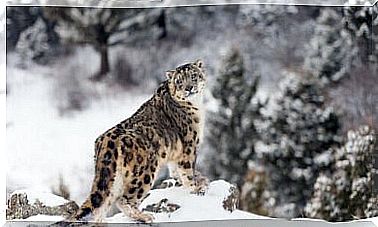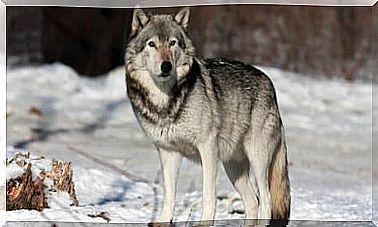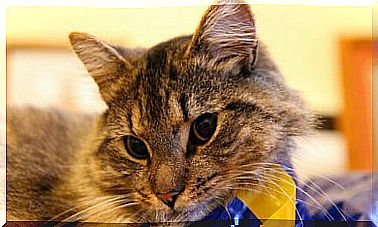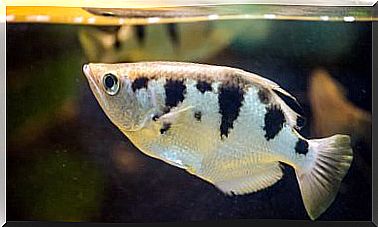Some Of The Most Curious Birds In The World
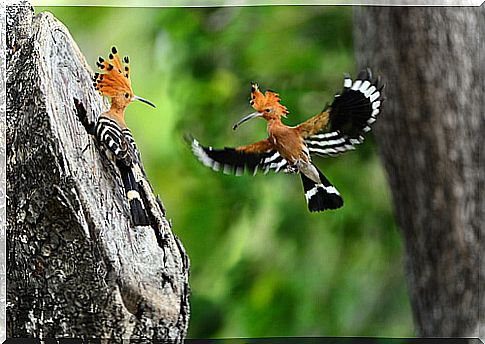
Birds already constitute in themselves a group of particular vertebrate animals, since the vast majority are capable of flying.
They do this thanks to a series of physiological adaptations that include a lightweight skeleton, two large flight muscles – the pectoral and the supracoracoid -, and two modified wing-shaped forelimbs. Here we show you some of the most curious birds in the world, including species present in the Iberian Peninsula.
Some of the most curious birds in the world
Watch out for its tail!
The quetzal – Pharomachrus mocinno – is a species of bird in the trogon family. It receives its name from the Aztecs, who were present at the time in the geographical area from which this beautiful bird originated. It is also known as “resplendent trogon”, a very successful adjective due to the beauty of its iridescent plumage.
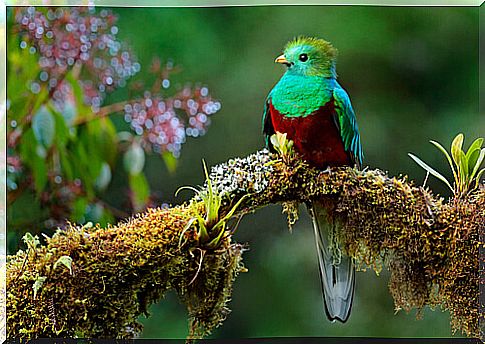
The long tail feathers require special care. This is how the male understands it, who flies backwards from his perch in a horizontal way in a delicate way. If he does it in a normal position, his precious tail will be torn to shreds in no time.
A bird that feeds on honey
The large indicator – Indicator indicator – belongs to the order piciformes, related to woodpeckers and toucans. It inhabits both the jungles and the savannas of sub-Saharan Africa.
It feeds on honey, wax and bee larvae, but its weak beak does not allow it to open the hive by itself. For this reason, this bird is in charge of clearing the way to other animals that may allow access to its interior. Hence its name “indicator” or “guiamieles”.
The natives of the regions where they live know how to take advantage of the habit of these birds to find the refuge of honey bees. There are also animals that take advantage of this, as is the case with some mustelids.
A little one who knows how to hide
The common bittern – Botaurus stellaris -, of the pelecaniform order, also has its peculiarities. These distinctive features already appear in the young, who know how to hide perfectly from the sight of any intruder.
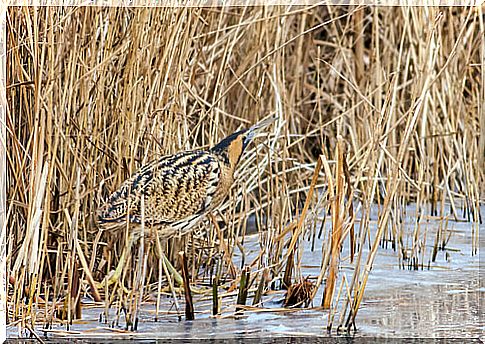
It lives in marshy terrain, among reeds and reeds. In Spain, for example, it lives in the Doñana wetland, in the Guadalquivir marshes and in the Ebro delta.
A bird pretending to be hurt
A variety of the American common plover is the red-billed plover – Charadrius vociferus -, which ranges from Canada to Chile. This bird is an insatiable devourer of insects, including the cotton weevil.
Sometimes it nests in unusual places such as railroad ties, tar roofs, or piles of debris. The greatest peculiarity of this animal lies in its ingenious method of hiding the position of its clutch by means of distraction maneuvers:
Faced with the proximity of a predator, it undertakes a wound simulation flight, imitating a bird with a broken wing. In this way, the predator chases it and manages to keep it away from its young. Once away from the nest, the dedicated mother takes flight and escapes.
Pretty but negligent
The hoopoe – Upupa epops – offers a rare and beautiful silhouette, with elegant plumage. Its pretty crest stands tall when the bird gets excited. It prefers hot, dry climates, feeding on insects, larvae, spiders, worms, and small reptiles.
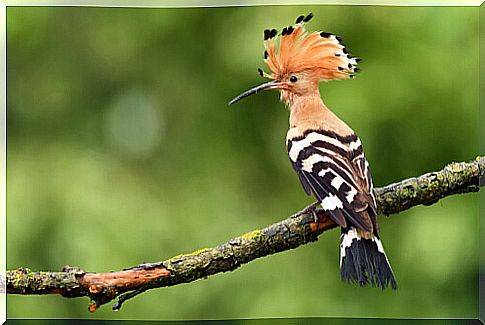
When it moves among the trees, its slow and leisurely flight resembles that of butterflies. But don’t be fooled by this: if you have to chase a lizard or flee from danger, fly fast. It can be so fast that it is able to flee even from trained hawks, baffling them with the full spread of its wings.
Another of its peculiarities is that it is a very dirty bird that loves to dig in the manure. It has no notion of hygiene, not even in the nest, where it accumulates excrement and rotten waste. In addition, the female, if frightened, secretes a foul liquid produced by the oil gland in her rump.
A world of adaptations
As we have seen, many birds have incredible adaptations as solutions to various problems present in the natural world. From adaptations to impress females of their kind to behavioral changes for sheer survival, one thing is clear: Nature does not skimp on ingenuity.

